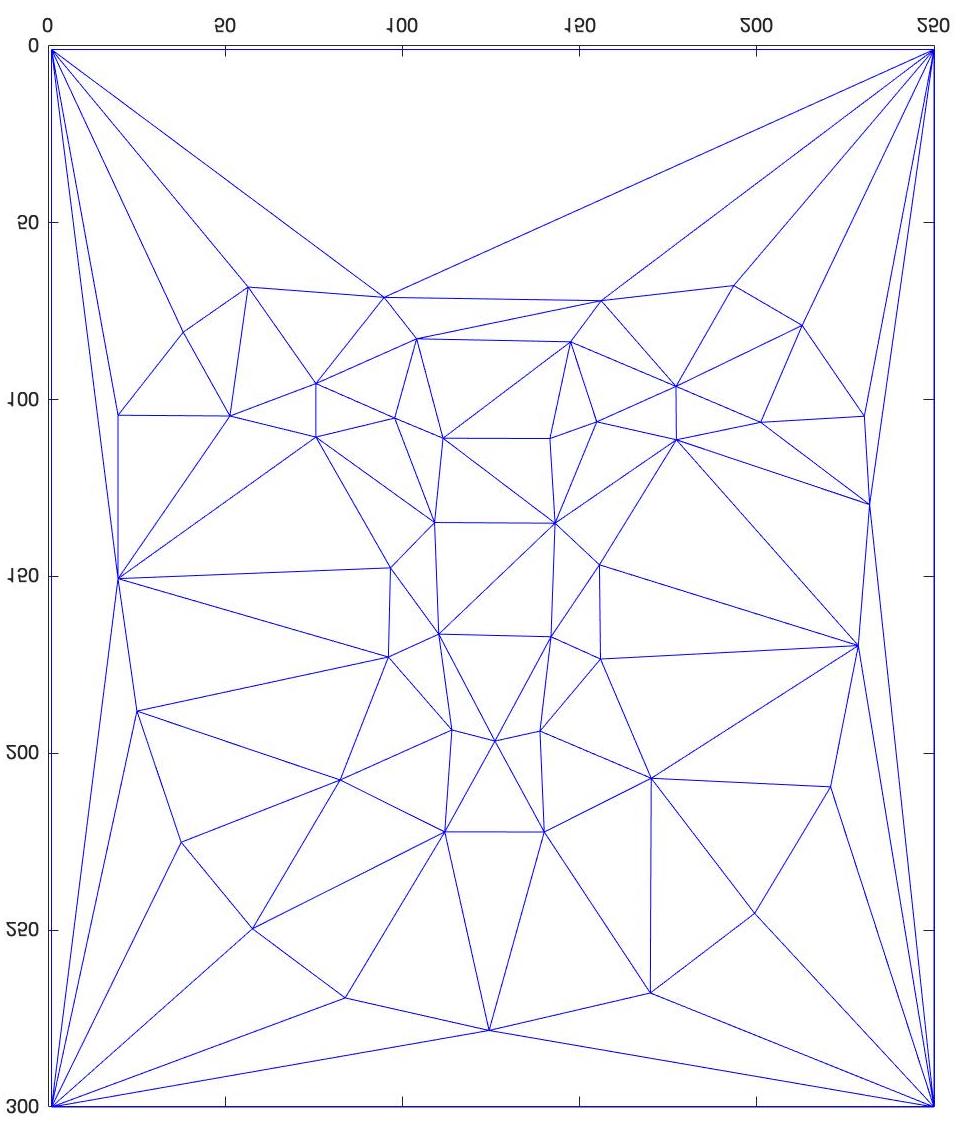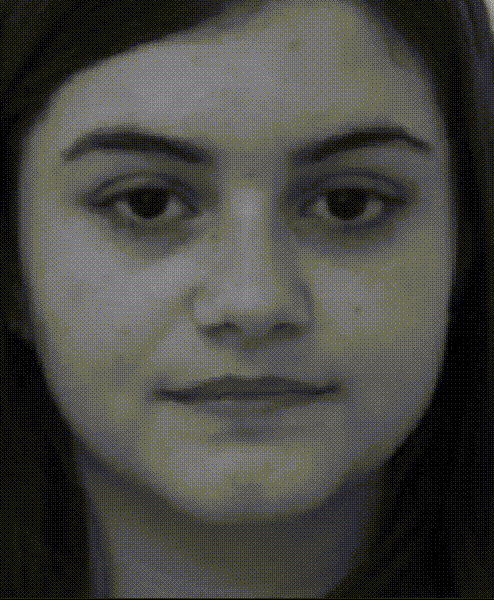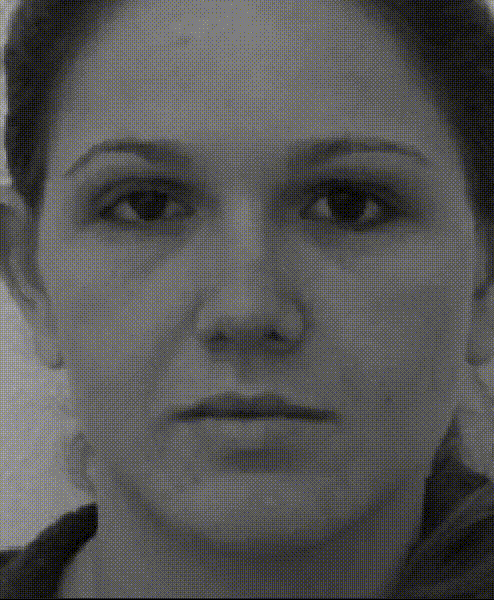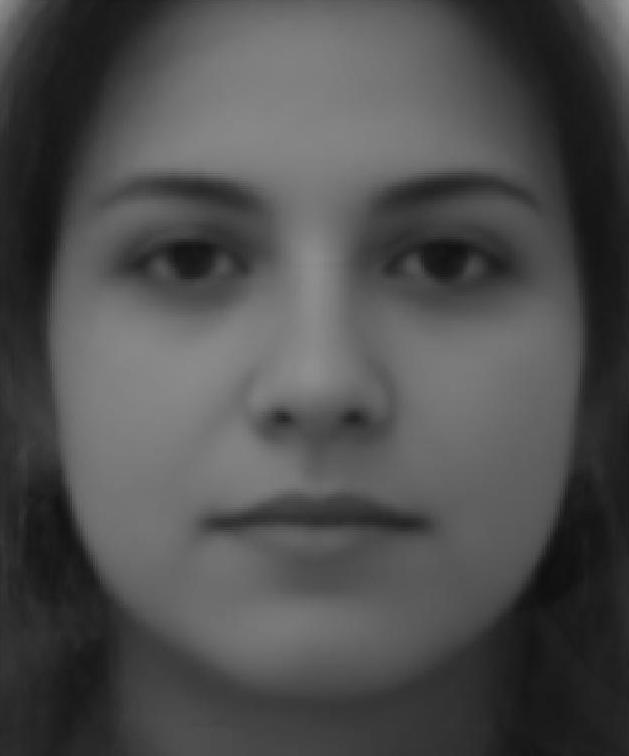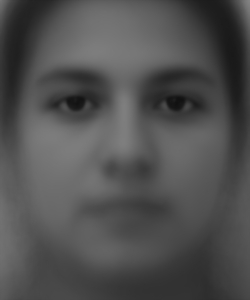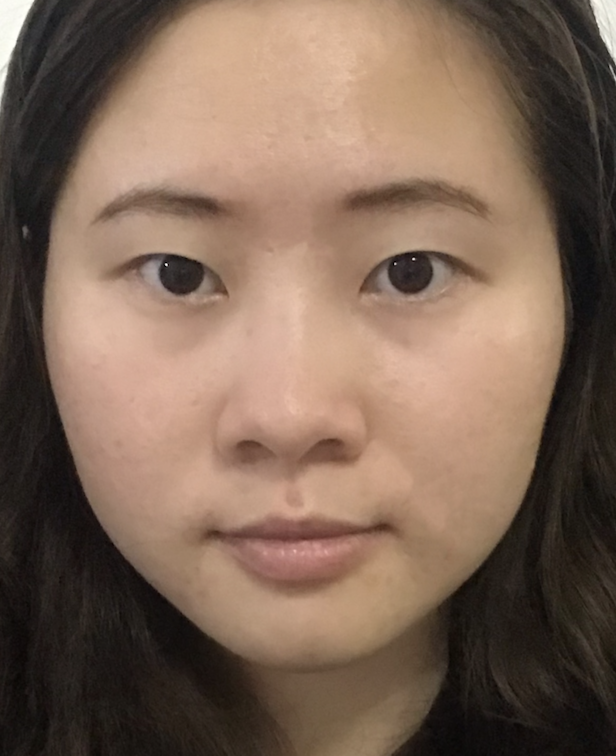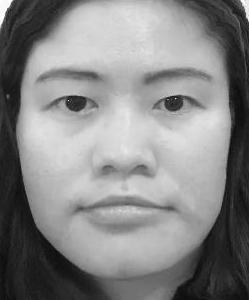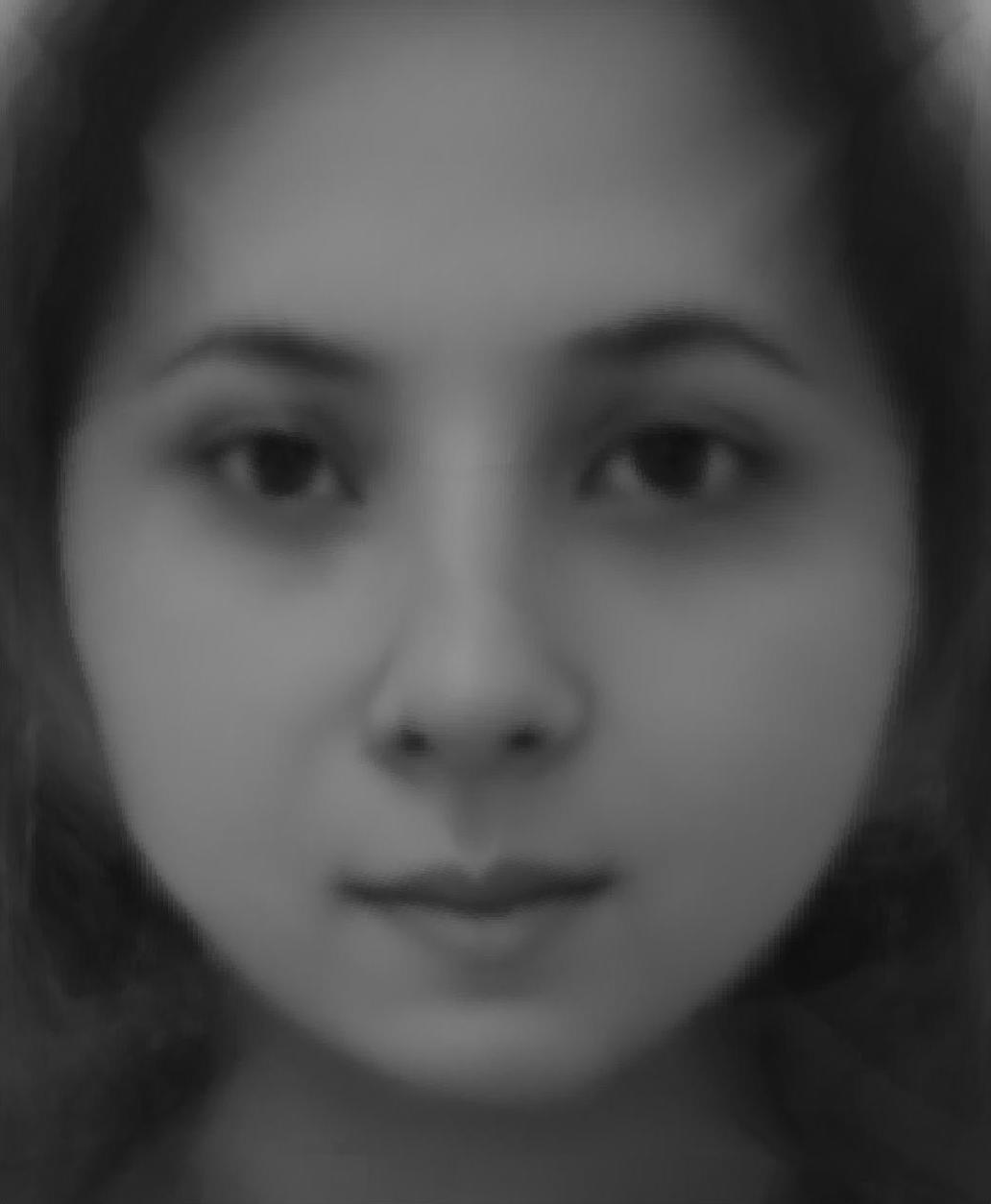To morph more the 2 faces, the main idea is totally the same.
Here I use a pre-labeled dataset containing faces of 25 women. Each face has 46 pre-labeled reference points, and I add 4 more points to each image at the 4 corners, so we have 50 points for each face in total.

Click the picture to access the dataset I use here!
Samples of a group of 25 women faces
(We will use aligned gray version, which has already been labeled, for analysis )
